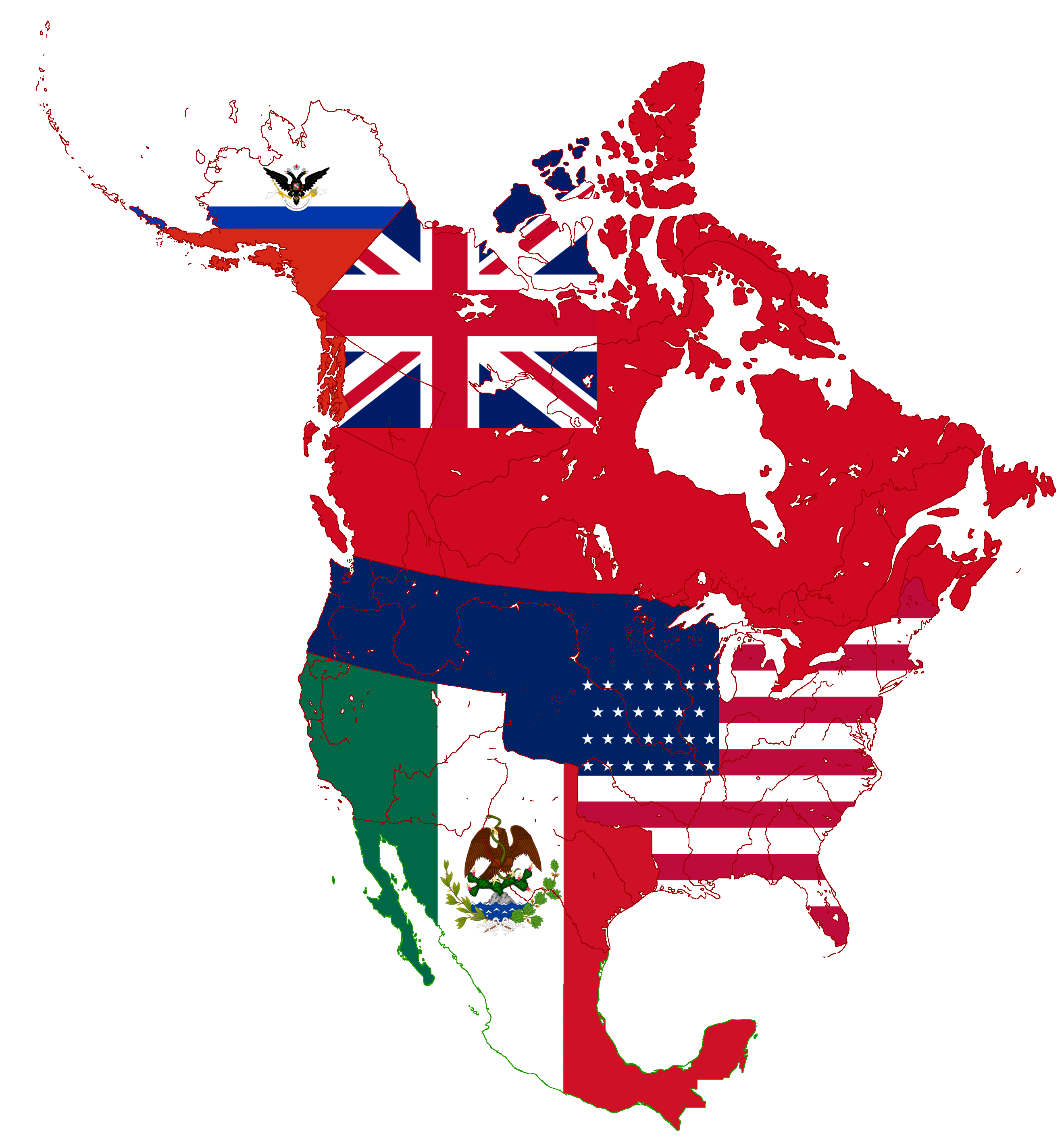United States: History, Map, Flag, and Population
Introduction
The United States of America (USA), commonly known as the United States, is a federal republic consisting of 50 states, a federal district (Washington, D.C.), and several territories. Located primarily in North America, the nation stretches from the Atlantic Ocean on the east to the Pacific Ocean on the west, bordered by Canada to the north and Mexico to the south. Known for its vast landscapes, cultural diversity, and global influence, the United States remains one of the world’s most powerful and prosperous nations.
Geography and Map
The United States covers an area of approximately 9.8 million square kilometers (3.8 million square miles), making it the third-largest country in the world by total area, after Russia and Canada.
-
Regions: The country is divided into several geographic regions — Northeast, Midwest, South, and West — each with distinct climates, cultures, and economic profiles.
-
Natural features: The U.S. is home to the Rocky Mountains, the Appalachian Mountains, the Great Plains, and the Mississippi River — one of the longest river systems in the world.
-
Climate: The climate ranges from arctic in Alaska to tropical in Hawaii and Florida, with a vast range of temperate and semi-arid conditions in between.
Major cities include New York City, Los Angeles, Chicago, Houston, and Philadelphia.
Flag and National Symbols
The flag of the United States, often called the Stars and Stripes, features:
-
13 horizontal stripes (7 red and 6 white), representing the original 13 colonies.
-
50 white stars on a blue field, symbolizing the 50 states of the Union.
Other symbols include:
-
The Bald Eagle – national bird and symbol of freedom.
-
The Great Seal of the United States – featuring the eagle, olive branch, and arrows.
-
The National Anthem – “The Star-Spangled Banner,” written by Francis Scott Key.
Population and Demographics
As of 2025, the estimated population of the United States is about 341 million people, making it the third most populous country in the world, after China and India.
-
Diversity: The U.S. is a melting pot of ethnicities and cultures, shaped by centuries of immigration.
-
Languages: English is the de facto national language, while Spanish is widely spoken.
-
Religion: The country is predominantly Christian, but it has significant populations of people who identify with Judaism, Islam, Hinduism, Buddhism, and non-religious beliefs.
-
Urbanization: About 83% of the population lives in urban areas.
Government and Political System
The United States is a federal constitutional republic with three branches of government:
-
Executive Branch – headed by the President, who serves as both head of state and government.
-
Legislative Branch – a bicameral Congress, consisting of the Senate (100 members) and the House of Representatives (435 members).
-
Judicial Branch – led by the Supreme Court, which interprets the Constitution and laws.
The U.S. Constitution (1787) is the oldest written national constitution still in use. It ensures separation of powers, individual liberties, and a system of checks and balances.
Historical Overview
Colonial and Revolutionary Period (1607–1783)
-
The first permanent English settlement was founded in Jamestown, Virginia (1607).
-
The Thirteen Colonies were established along the Atlantic Coast.
-
Discontent over British taxation and control led to the American Revolution (1775–1783).
-
The colonies declared independence on July 4, 1776, with the adoption of the Declaration of Independence, authored primarily by Thomas Jefferson.
-
The Treaty of Paris (1783) recognized the United States as an independent nation.
19th Century: Expansion and Civil War
-
The U.S. expanded westward through the Louisiana Purchase (1803), Annexation of Texas (1845), and Oregon and California acquisitions.
-
Slavery became the central issue dividing the North and South.
-
The Civil War (1861–1865), fought between the Union and the Confederacy, resulted in the abolition of slavery and the preservation of the Union.
-
The Emancipation Proclamation (1863) and 13th Amendment (1865) formally ended slavery.
20th Century: Global Power Emergence
-
The U.S. played decisive roles in World War I and World War II, emerging as a global superpower.
-
The Cold War (1947–1991) saw the U.S. and the Soviet Union competing for ideological and geopolitical dominance.
-
The Civil Rights Movement of the 1950s–1960s advanced equality for African Americans and other minorities.
-
The U.S. also led in technological innovation — landing the first humans on the Moon in 1969.
21st Century: Challenges and Transformation
-
The September 11, 2001 terrorist attacks reshaped national security and foreign policy.
-
The 2008 financial crisis, COVID-19 pandemic, and ongoing political polarization have tested resilience.
-
Despite challenges, the U.S. remains a global leader in technology, education, culture, and military power.
Economy
The U.S. economy is the largest in the world, driven by innovation, entrepreneurship, and diverse industries:
-
Major sectors: Technology, finance, healthcare, manufacturing, agriculture, and energy.
-
Currency: The U.S. Dollar (USD) is the world’s most widely used reserve currency.
-
Global influence: American corporations and cultural exports dominate global markets — from Silicon Valley to Hollywood.
Culture and Society
American culture reflects a blend of indigenous traditions, European heritage, African influence, and global diversity.
-
Music: Jazz, rock, hip-hop, and country music originated in the U.S.
-
Sports: Baseball, basketball, American football, and soccer have large followings.
-
Education: Home to many of the world’s top universities — including Harvard, MIT, and Stanford.
Conclusion
The United States of America stands as a nation of contrasts — vast natural beauty alongside urban innovation, a history marked by struggle and progress, and a society continuously redefining freedom and democracy. Its influence reaches across the globe through culture, economy, and diplomacy, making it not just a country, but a symbol of enduring ideals and complex realities.

.png)





No comments:
Post a Comment